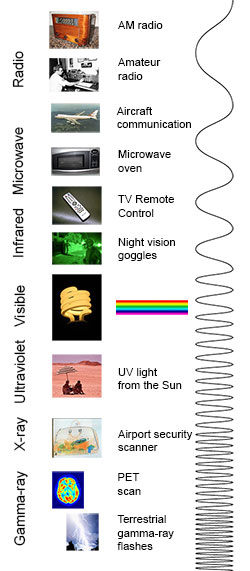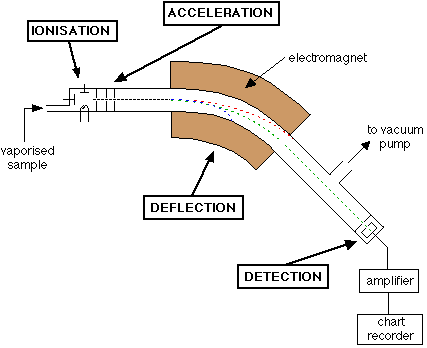As you go across period 3, nature of oxides changes from basic to acidic.
| Oxide | Acid or base |
| Na2O |
Basic
Giant Ionic
|
| MgO | |
| Al2O3 - giant ionic |
Amphoteric
|
| SiO2 - giant covalent | |
| P4O10 |
Acidic
Molecular covalent
|
| SO3/SO2 | |
| Cl2O7 |
Amphoteric:
- posses properties of both acids and bases.
- when it reacts with an acid, it behaves as a base, and vice-versa.
- tested with aluminum oxide
- When aluminum oxide reacts with an acid such as hydrochloric, aluminum oxide acts as a base.
- Al2O3 (s) + 6HCl (aq) → 2AlCl3 (aq) + 3H2O (l)
- Now, when aluminum oxide reacts with a base such as Sodium hydroxide, it acts as an acid.
- Al2O3 (s) + 2NaOH (aq) + 3H2O (l) → 2NaAl(OH)4
Reactions between Na2O, MgO, P4O10 and SO3 and water.
- Na2O (s) + H2O (l) →2NaOH (aq)
- Sodium oxide + water → Sodium hydroxide
- MgO (s) + H2O (l)→ Mg(OH)2 (aq)
- Magnesium oxide + water → Magnesium oxide
- P4O10 (s) + 6H2O (l) → 4H3PO4
- Phosphorous (v) oxide + water → Phosphoric (V) acid
- SO3(l) + H2O (l) → H2SO4(aq)
- Sulfur trioxide + water → Sulfuric (VI) acid.
Across a period 3, there is a change from metallic to non-metallic.
- Left. ex) Sodium, Magnesium and Aluminium all have the typical properties of metallic substances (E.g. good conductors of electricity),
- Righ. ex) such as Chlorine and Sulfur are non-metals.
Metals will react to form ionic compounds.
Non-metals will react to form covalent compounds.



